What are bathroom vanities made of? This question arises for many homeowners embarking on a bathroom remodel or designing a new home. Whether you're aiming for a sleek modern look or a cozy farmhouse vibe, the material of your bathroom vanity will significantly impact not only its appearance but also its durability, maintenance needs, and overall value. With options ranging from solid wood to engineered stone, choosing the right material can feel overwhelming.
Beyond materials, customers often find themselves wondering, what stores sell bathroom vanities, what is the height of bathroom vanities, or what are standard sizes of bathroom vanities. These considerations are critical because the wrong choice can affect functionality, design coherence, and even ergonomics. This article aims to demystify these decisions and help you make a confident, informed choice for your space.
What Are Bathroom Vanities Made Of?
Bathroom vanities come in a wide range of materials, each with its pros and cons in terms of moisture resistance, cost, aesthetics, and longevity. Here's an in-depth look at the most common materials used in vanity construction:
1. Solid Wood
Solid wood is considered the premium option when it comes to vanity materials. Oak, maple, and birch are frequently used due to their strength and beautiful grain. These vanities offer a rich, natural look and can last for decades with proper care.

However, bathrooms are high-humidity environments, and solid wood vanities can be prone to warping or expanding if not sealed correctly. Homeowners who love wood but want added durability often opt for vanities with a waterproof finish or engineered wood components.
2. MDF (Medium Density Fiberboard)
MDF is a budget-friendly alternative to solid wood. It’s made from wood fibers bonded together with resin and compressed into dense panels. MDF is commonly used in more affordable vanities and is usually covered with a laminate or veneer to enhance its appearance.
While MDF resists cracking and peeling better than solid wood, it’s highly vulnerable to water. If the laminate is damaged and moisture seeps in, swelling and deterioration can occur rapidly. That said, MDF is a good choice for powder rooms or guest bathrooms where heavy daily use is less likely.
3. Plywood
A great middle-ground between MDF and solid wood, plywood is made from thin layers of wood glued together in a cross-grain pattern. This structure makes it strong, stable, and more resistant to water damage than MDF.

Many mid-range and high-end bathroom vanities use plywood for their cabinet boxes because it balances cost, durability, and moisture resistance effectively. It’s often paired with hardwood faces or veneers for a polished appearance.
4. Particleboard
Particleboard is similar to MDF but less dense and made with larger wood chips. It’s the most economical option and is frequently used in low-end or DIY bathroom vanities. Unfortunately, particleboard is also the least durable. It swells and disintegrates quickly when exposed to water.
If you're on a strict budget and the vanity will only be used occasionally, particleboard might suffice but be prepared for a shorter lifespan.
5. Natural Stone
For the vanity top, natural stones like granite, marble, and quartzite are popular choices. These materials are incredibly durable, resistant to scratches and heat, and exude luxury. However, they can be expensive and may require periodic sealing.

Buy now: Live Edge Bathroom Vanity Shelf
6. Engineered Stone and Quartz
Engineered quartz is a composite material made from crushed stone and resin. It offers the visual appeal of natural stone but with better durability and lower maintenance. Quartz vanity tops are non-porous, making them highly resistant to stains and bacteria - ideal for family bathrooms.
Where to Buy Bathroom Vanities
Wondering what stores sell bathroom vanities? Thankfully, there are numerous options both in-store and online:
1. Home Improvement Stores
Major retailers like Home Depot and Lowe’s carry a wide variety of vanities, from budget models to designer styles. These stores often offer installation services and the chance to see vanities in person.
2. Furniture and Decor Retailers
Stores such as IKEA, Wayfair, Pottery Barn, and West Elm provide more stylistic options, particularly for contemporary or Scandinavian-inspired designs. You can shop online or at select showrooms depending on the brand.

3. Specialty Bathroom Retailers
Brands like Signature Hardware, Virtu USA, and Bertch specialize in bathroom furnishings. These outlets provide higher-end customizations and access to unique finishes and materials not found in big-box stores.
4. SpryInterior
For those seeking a truly tailored look or working with unusual bathroom dimensions, SpryInterior can build a vanity to your exact specifications. This option is more costly but offers total design freedom.

Understanding Vanity Dimensions
When selecting a vanity, knowing what is the height of bathroom vanities and what are standard sizes of bathroom vanities is essential for ensuring comfort and fit within your space.
What Is the Height of Bathroom Vanities?
Standard bathroom vanity heights typically range from 30 to 36 inches. However, there are variations depending on the style and intended use:
- Traditional height: Around 30-32 inches. Suitable for family or kids’ bathrooms.
-
Comfort height: About 34-36 inches. Matches kitchen countertops and is better for adult use, reducing the need to stoop.
- Floating vanities: These wall-mounted units can be customized in height, making them an ideal option for modern bathrooms or spaces with accessibility needs.
Choosing the correct height improves ergonomics and daily comfort, especially for tasks like brushing teeth or applying makeup.

Buy now: Custom Live Edge Wood Bathroom Vanity For Modern Rustic Bathroom Designs
What Are Standard Sizes of Bathroom Vanities?
Bathroom vanities come in various widths to accommodate different room sizes:
-
Single vanities: Typically range from 24 to 48 inches wide. These are ideal for small to medium bathrooms.
- Double vanities: Usually range from 60 to 72 inches wide. Best suited for master bathrooms where shared use is common.
- Depth also matters. Most vanities are 20 to 21 inches deep, though space-saving models may go as shallow as 16 inches. Always measure your bathroom space and account for clearance to open doors and drawers comfortably.
Conclusion
So, what are bathroom vanities made of? The answer varies depending on your budget, style, and usage needs. From solid wood’s natural charm to quartz’s unbeatable durability, the right choice will enhance your bathroom’s function and aesthetics for years.
When shopping, remember to consider what stores sell bathroom vanities that match your design goals and price range. Don’t overlook important factors like what is the height of bathroom vanities - a small detail that significantly affects usability. And always confirm what are standard sizes of bathroom vanities to avoid installation headaches.
Whether you're refreshing a guest powder room or creating your dream master bath, understanding the materials and dimensions of bathroom vanities empowers you to choose wisely and invest in lasting quality.


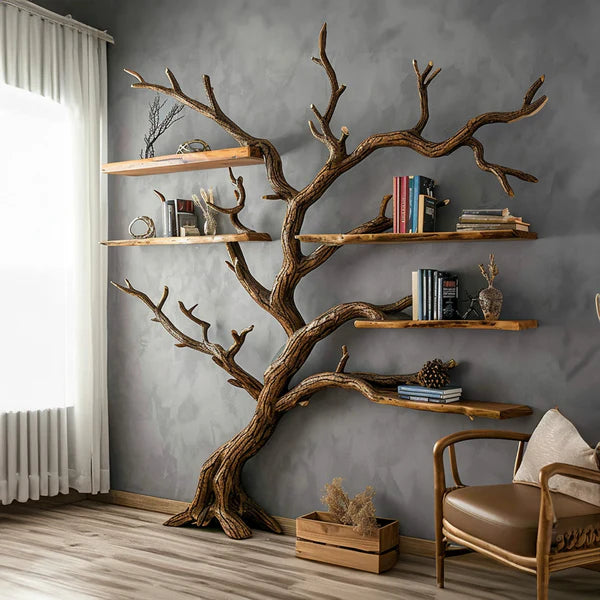
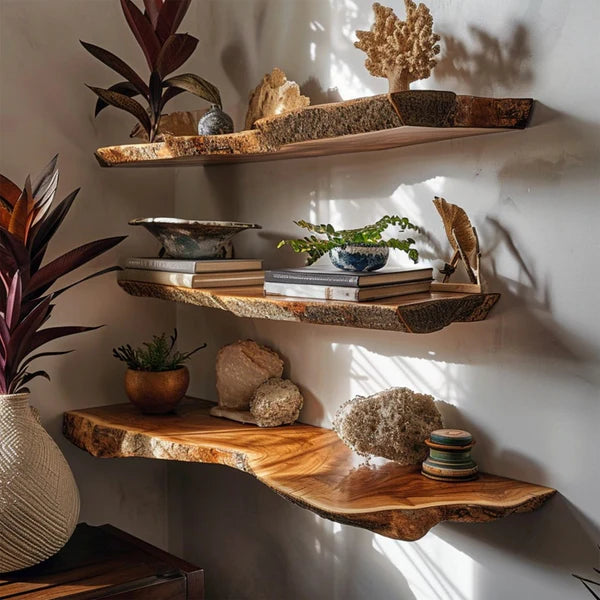
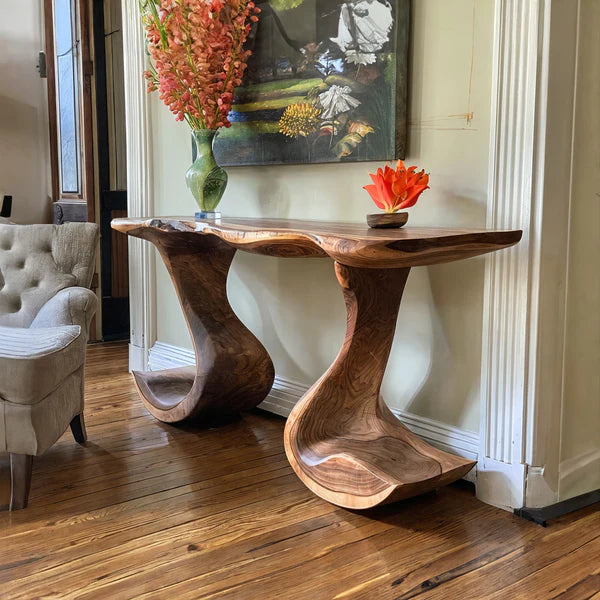
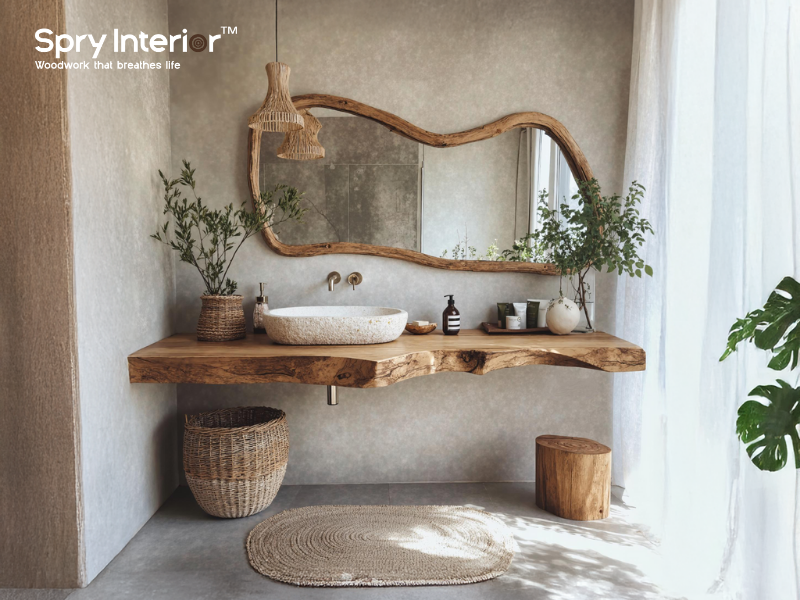
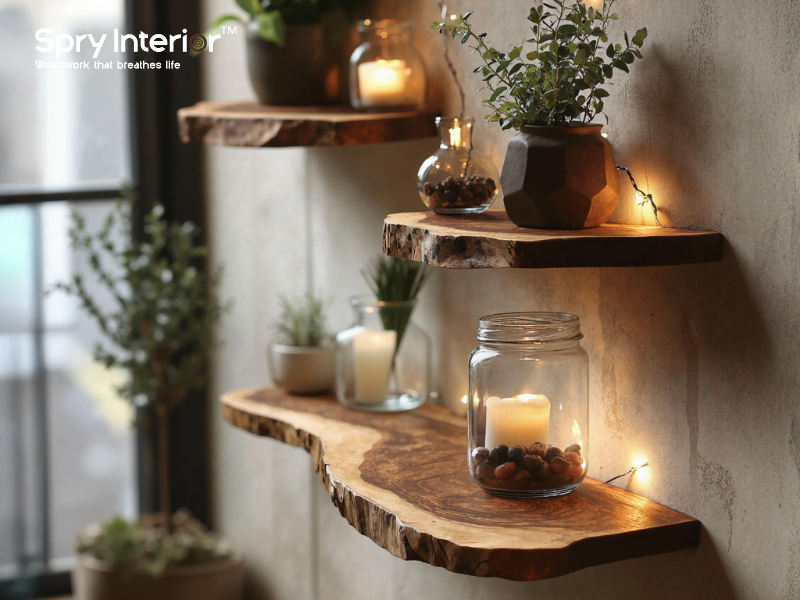
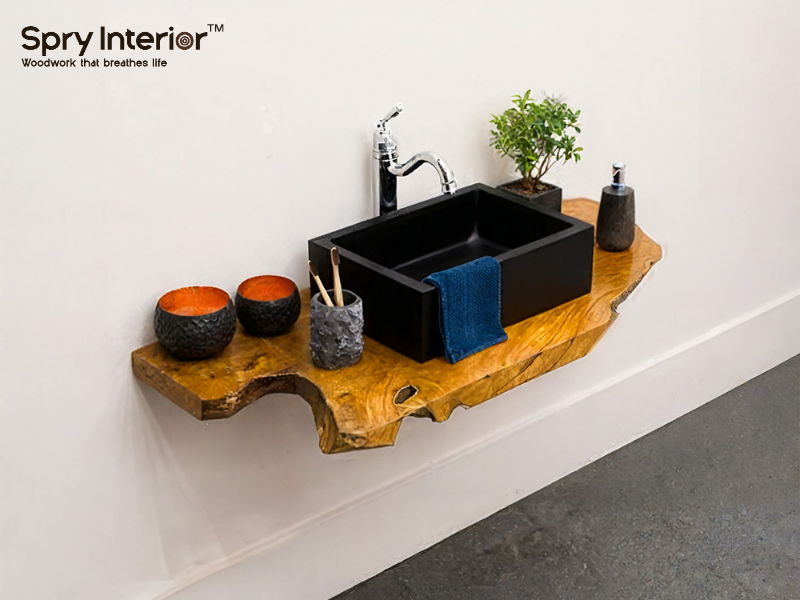
Leave a comment
This site is protected by hCaptcha and the hCaptcha Privacy Policy and Terms of Service apply.